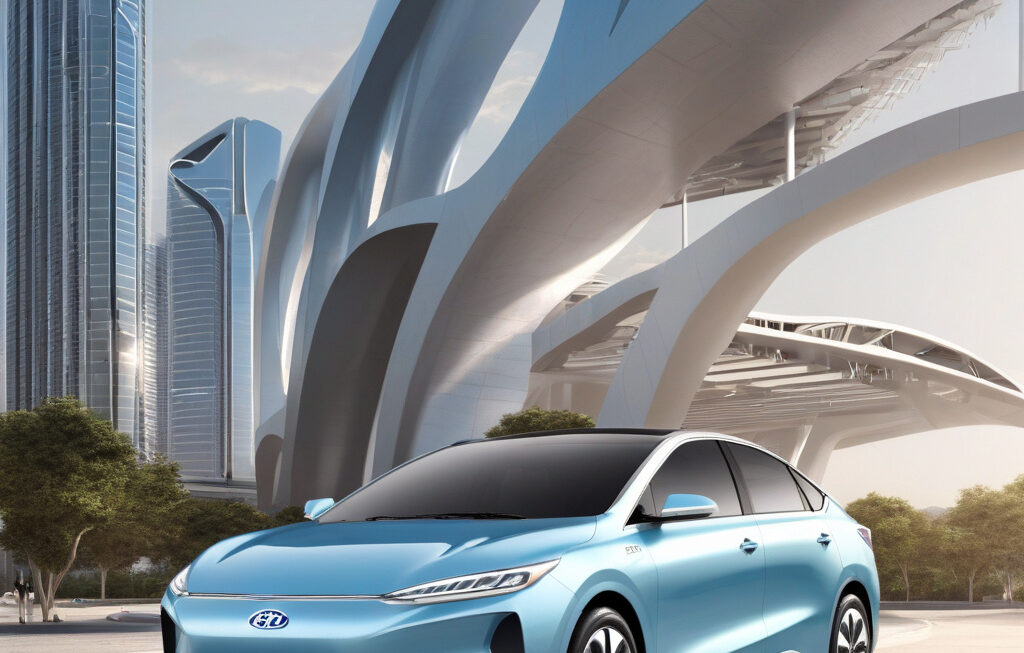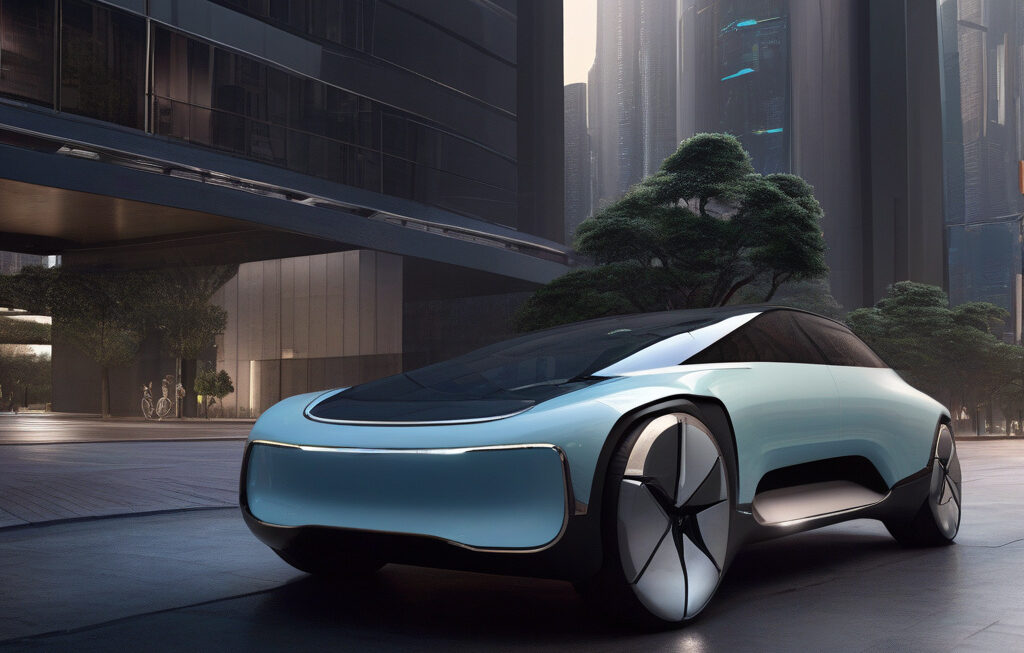Mercedes-Benz Pushes Aerodynamic Design, Reduces Drag Coefficient, Boosts EV Range
German automaker Mercedes-Benz continues to make aerodynamics central to its engineering, and the latest electric vehicles from the brand are a testament to this commitment. By focusing on reducing drag coefficient through innovative design, Mercedes-Benz has successfully increased the range of its electric vehicles, setting new standards in the industry.
Aerodynamic design plays a crucial role in the efficiency and performance of electric vehicles. By minimizing air resistance, automakers can enhance the range of EVs, ultimately addressing one of the key concerns among consumers – range anxiety. Mercedes-Benz has been at the forefront of leveraging aerodynamics to improve the driving experience of its electric vehicles, setting a new benchmark for sustainability and innovation.
One of the key factors in Mercedes-Benz’s success in reducing drag coefficient is its attention to detail in vehicle design. From sleek body contours to strategically placed spoilers and air vents, every element is meticulously crafted to optimize airflow and minimize resistance. This focus on aerodynamics not only improves the efficiency of Mercedes-Benz electric vehicles but also contributes to a quieter and more stable driving experience.
The results of Mercedes-Benz’s dedication to aerodynamic design are evident in its latest electric vehicle models. By reducing drag coefficient, the brand has been able to boost the range of its EVs, offering customers a practical and eco-friendly transportation solution without compromising on performance. This commitment to pushing the boundaries of aerodynamics underscores Mercedes-Benz’s position as a leader in sustainable mobility.
Moreover, Mercedes-Benz’s emphasis on aerodynamics is not limited to its electric vehicles. The brand’s dedication to reducing drag coefficient extends to its entire lineup, including internal combustion engine vehicles. By incorporating aerodynamic principles across its range, Mercedes-Benz is able to enhance fuel efficiency, reduce emissions, and deliver a superior driving experience for all customers.
In addition to improving the efficiency and range of its vehicles, Mercedes-Benz’s focus on aerodynamics also reflects its commitment to innovation and technological advancement. By constantly refining its design processes and incorporating the latest aerodynamic technologies, the brand continues to push the boundaries of what is possible in the automotive industry, setting new standards for performance and sustainability.
As the automotive industry shifts towards electrification and sustainable mobility, aerodynamic design will play an increasingly important role in shaping the vehicles of the future. Mercedes-Benz’s relentless pursuit of aerodynamic excellence not only demonstrates its commitment to environmental stewardship but also positions the brand as a pioneer in leveraging technology to create a more sustainable and efficient transportation ecosystem.
In conclusion, Mercedes-Benz’s emphasis on aerodynamic design and reducing drag coefficient is a testament to its dedication to innovation, sustainability, and performance. By pushing the boundaries of what is possible in vehicle design, the German automaker continues to set new standards in the industry, offering customers cutting-edge electric vehicles that deliver on both range and efficiency.
#MercedesBenz, #AerodynamicDesign, #ElectricVehicles, #Sustainability, #Innovation












